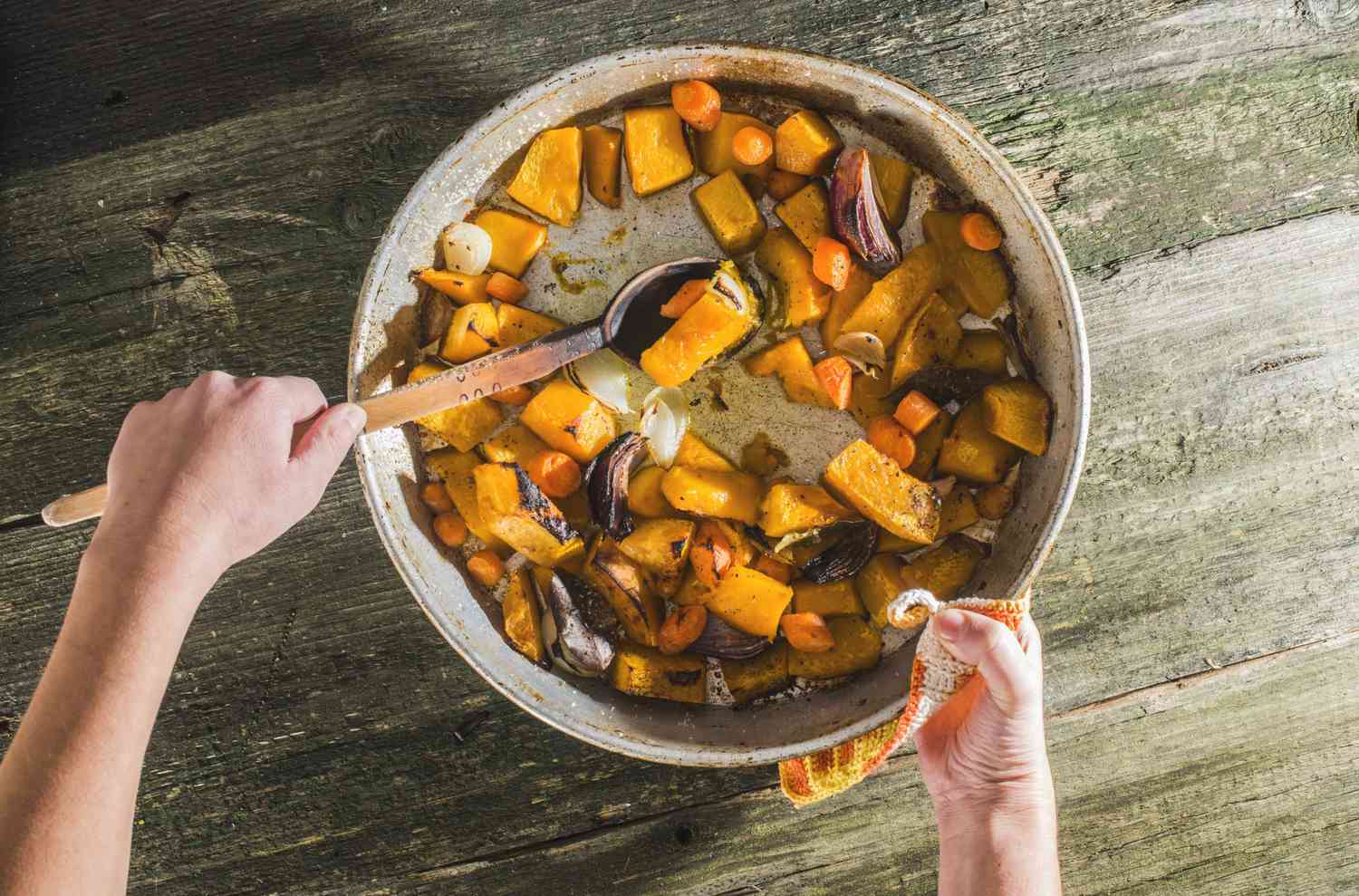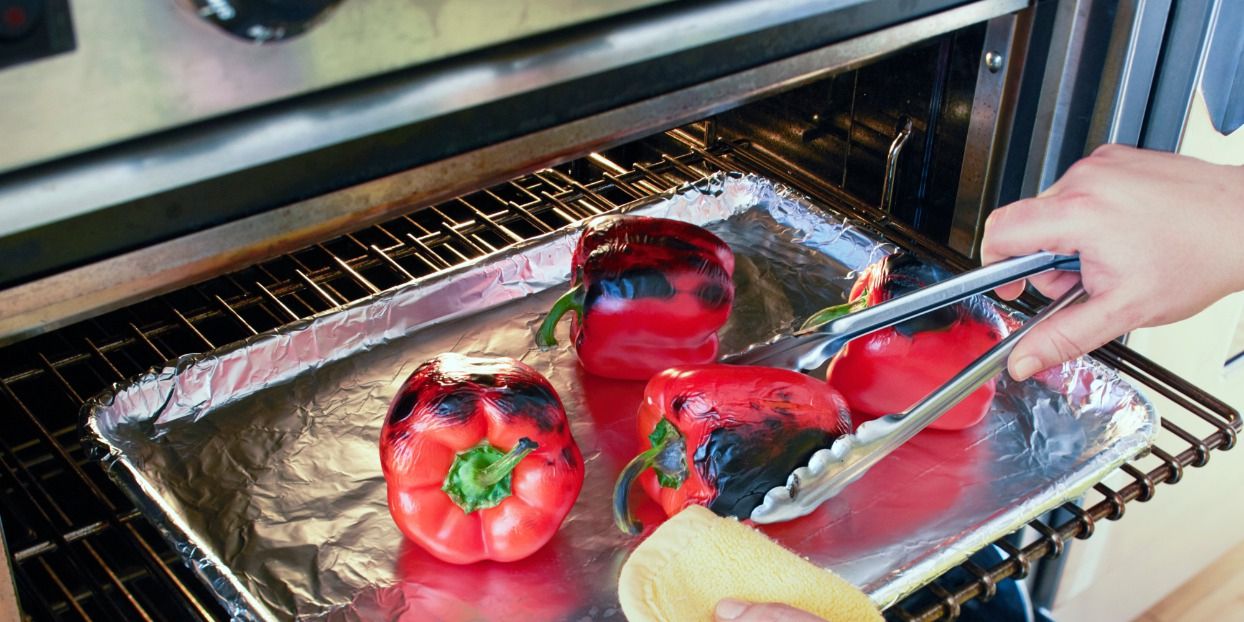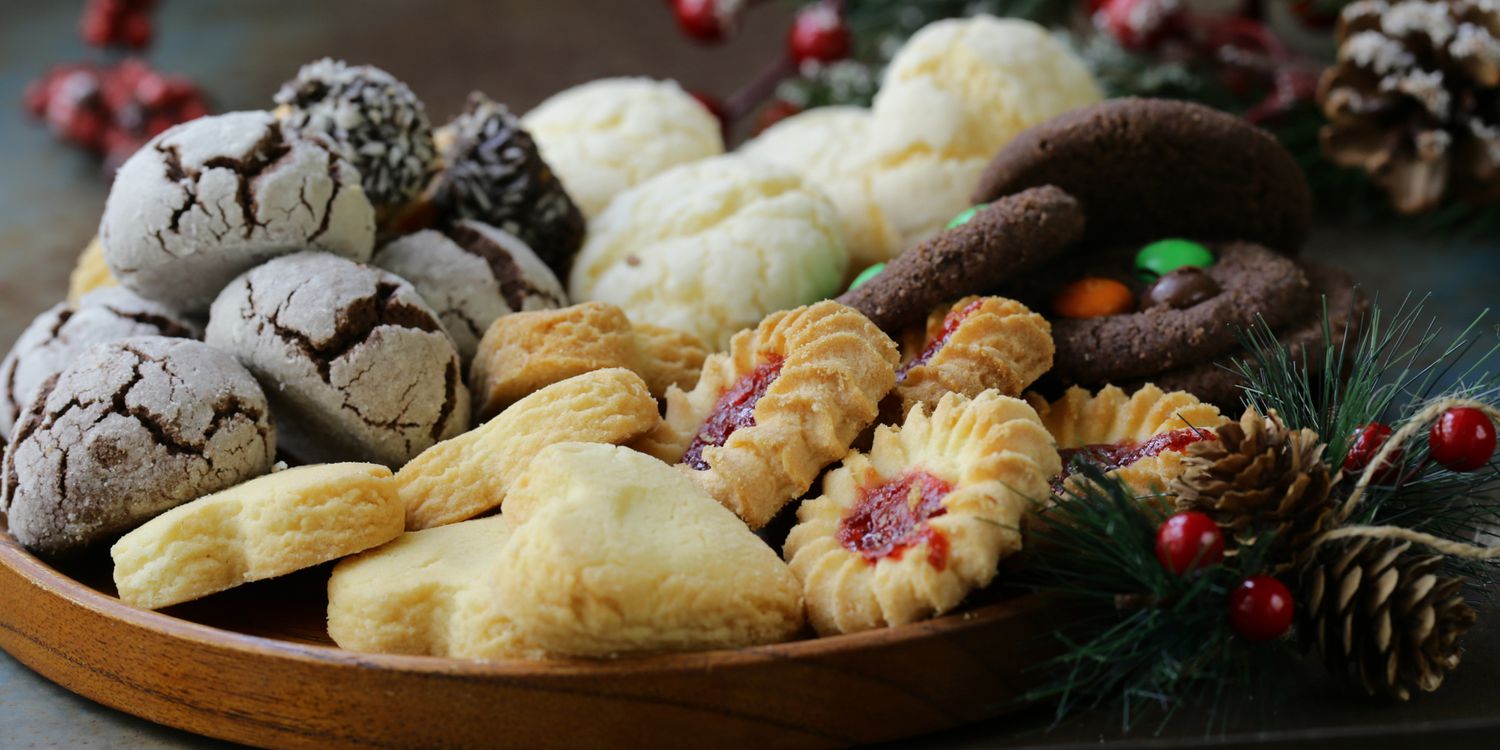Roasted red peppers, pepperoncini, banana pepper rings, jalapeño rings, peppadews… the number of jars in my fridge is staggering. And if you’re like me and can’t get enough of the acidic heat of a pickled jalapeño, or love tossing pepperoncini into the Crockpot for Mississippi pot roast, or salivate over chopping savory roasted red peppers for a dish, you’ve probably accumulated a few as well.
So, exactly how long do us pepper fanatics have to enjoy our spoils? Are there different rules for homemade jarred peppers and store-bought? Keep reading to learn the answers to these questions and more.
Jarred Pepper Preservation
Like anything jarred sold in liquid, the liquid is gold (in more senses than one). As long as you keep whatever food item is floating in that briny liquid submerged, the lifespan increases significantly. Like other jarred/canned products, there’s likely a date printed on it, but you can take this date with a grain of salt. Once opened, that date sort of goes out the window and you can judge the freshness of your peppers by general rules of thumb and classic signs of spoilage.
Jarred roasted red peppers, once opened, tend to last 2-3 weeks in the fridge. Be sure to keep whatever they’re submerged in (likely olive oil) above the peppers.
Unopened and kept in a cool, dark place (like a pantry), purchased pickled items will last years. Once opened, they should last about one year at near-peak quality. Homemade pickled items will last anywhere from 3-4 weeks to 2-6 months — depending on the recipe, method, and, well, who you ask.
How to Know When Jarred Peppers Are Bad
A definitive answer on when to toss your peppers will really only come from inspecting the product. Look for the telltale signs of spoilage as you would on olives or capers or anything else packed in liquid. Mold is the first sign it’s gotta go, along with a bulging lid or fizzy brine. (It might look more exciting, but it sure isn’t.)
Upon opening the jar, if there’s an off odor or appearance — such as a dullness of color, or the liquid looks murky or cloudy — toss them out. Most items sliced into rings, like jalapeños or banana peppers, can appear almost “blurry” in the jar (in my experience), meaning they’ve developed a kind of slime and have become duller in color. That’s usually my first clue, as that manner of deterioration indicates they’d also be mushy, were I to pop one into my mouth. (Which, of course, I wouldn’t.)
Non-pickled items won’t last as long, but luckily, they tend to give you clearer signs of spoilage, like visible mold, fuzziness, and overall odor.
Stocking the Shelves
The takeaway here is to enjoy your peppers and stock as many as you’d like – homemade, store-bought, or a mixture of both. Just remember that peppers have a higher moisture content and aren’t as resilient as, perhaps, an olive or caper. Thus, it’s best to keep up on them, and use them as soon as possible, rather than keeping a hefty backstock.




